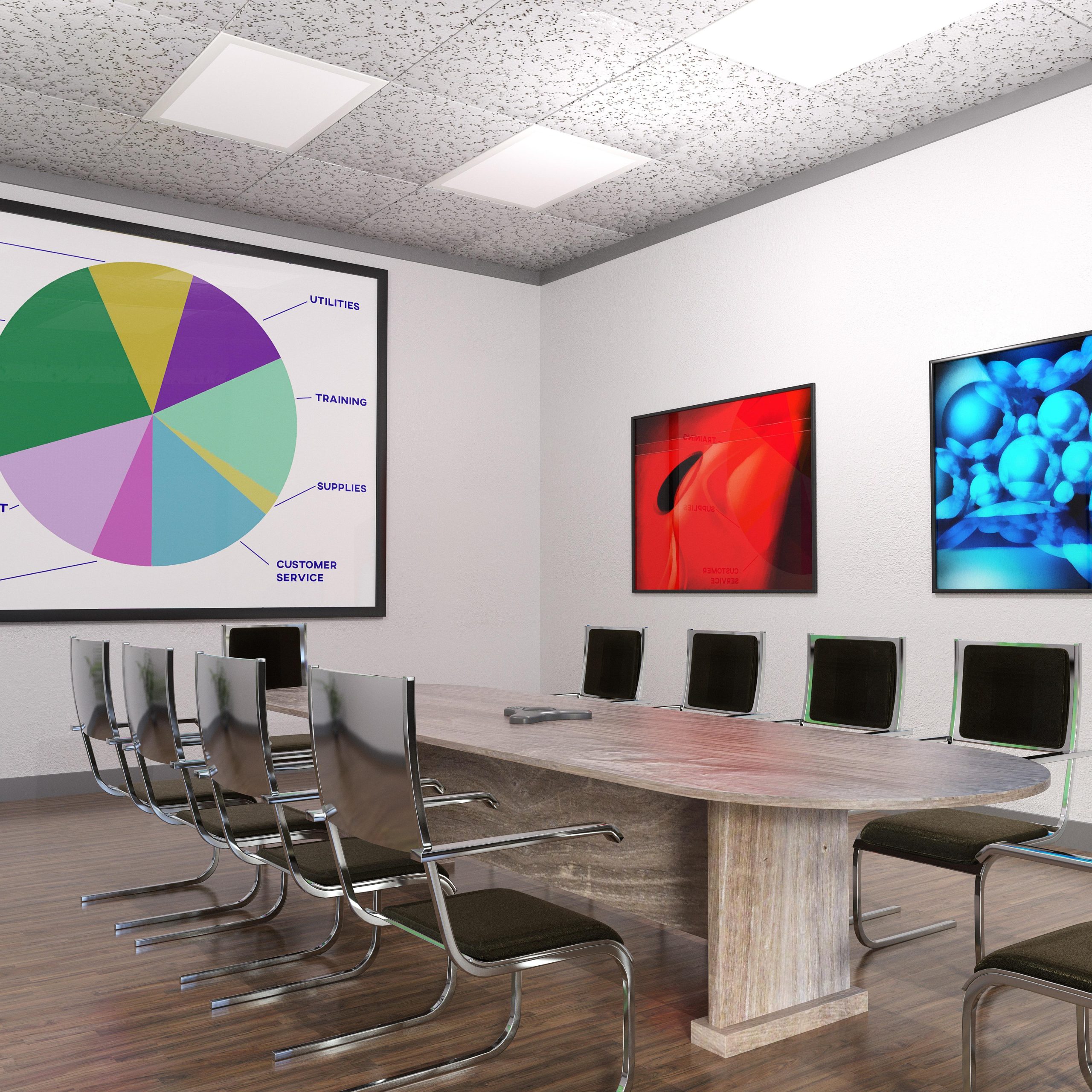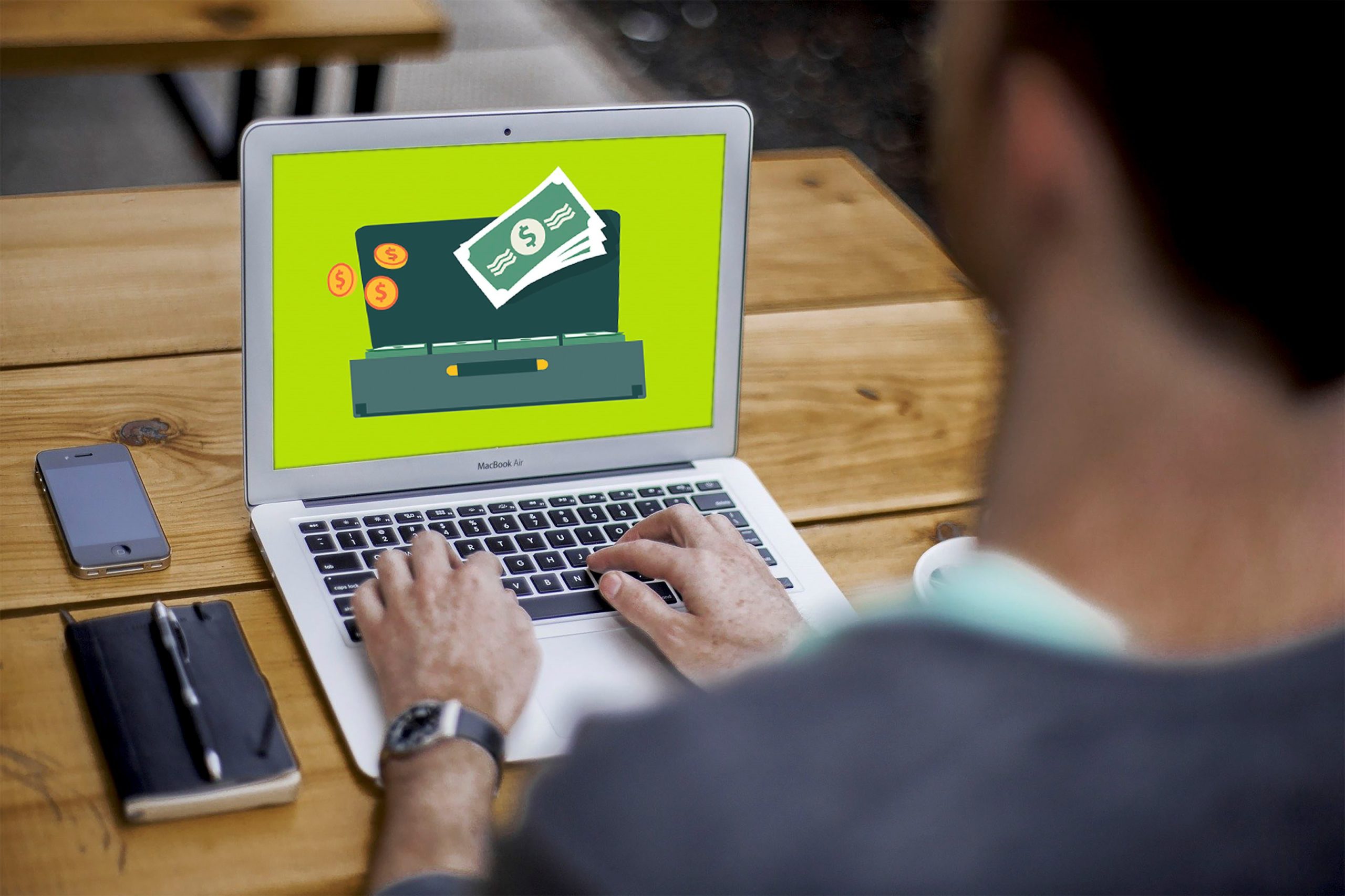In today’s digital-first world, visuals matter more than ever. Every business needs designs—whether it’s a logo, a social media post, a website layout, or a product package. That’s why graphic design is one of the most in-demand freelance skills you can learn.
The good news? You don’t need to spend years in art school to start. With the right approach, resources, and consistent practice, you can learn graphic design from scratch and turn it into a profitable freelance side hustle.
This guide will walk you through the exact steps to go from beginner to freelance-ready designer.
Step 1: Understand the Basics of Design
Before you dive into software, you need to understand the fundamentals of design. These principles form the foundation of good visual communication:
- Color theory → how colors influence mood and perception
- Typography → how fonts create hierarchy and tone
- Layout & composition → arranging elements for clarity and balance
- Contrast & alignment → making designs more readable and professional
Learning these basics doesn’t take long, but mastering them will make your work stand out from day one.
Step 2: Choose the Right Design Tools
Freelance designers work with different tools depending on the project. Here are the most common ones:
- Adobe Creative Cloud (Photoshop, Illustrator, InDesign) → Industry standard, powerful, but costly.
- Canva → Beginner-friendly, perfect for social media graphics and quick projects.
- Figma → Great for UI/UX design and collaborative work.
- Affinity Designer → A cheaper alternative to Adobe, with professional features.
Tip: Start with free or low-cost tools (like Canva and Figma) while you’re learning. You can invest in advanced software once you start earning.
Step 3: Learn by Doing, Not Just Watching
Many beginners make the mistake of only consuming tutorials without practicing. The best way to learn graphic design is through hands-on projects.
Here are practice ideas:
- Redesign a famous logo with your own twist
- Create Instagram posts for a fictional brand
- Design a flyer or poster for an upcoming event (real or imaginary)
- Try making simple website mockups with Figma
These exercises will help you apply theory to real-world scenarios.
Step 4: Build a Strong Portfolio
In freelancing, your portfolio is your resume. Clients want to see what you can do, not just what you know.
You don’t need paid projects at first—create sample designs that look like real work:
- Mock social media campaigns
- Logo collections
- Website layouts
- Infographics or digital ads
Make sure your portfolio shows variety but also highlights your best strengths. Quality matters more than quantity.
Step 5: Understand the Business Side of Freelancing
Being a freelance graphic designer isn’t just about design—it’s also about managing projects, clients, and money. Key areas to learn include:
- Setting prices → Research what freelancers charge and set rates based on your skill level.
- Communicating with clients → Be clear about deadlines, revisions, and expectations.
- Time management → Balance multiple projects without burning out.
- Contracts & payments → Use freelance platforms or contracts to protect your work.
The sooner you learn these skills, the smoother your freelance journey will be.
Step 6: Start Small and Gain Experience
Your first clients may not pay much, and that’s okay. The goal is to gain real-world experience. Try these strategies:
- Freelance platforms → Upwork, Fiverr, and Freelancer have entry-level projects.
- Local businesses → Offer to design flyers, menus, or social posts.
- Nonprofits or student groups → Many need design help and can give you portfolio credits.
As you gain confidence and client testimonials, you can raise your rates.
Step 7: Keep Improving and Stay Updated
Design trends evolve quickly. Flat design, minimalism, 3D graphics, and AI-generated visuals are constantly shaping the industry. To stay competitive:
- Follow design blogs and YouTube channels
- Join online communities (like Behance or Dribbble)
- Take advanced courses when you’re ready
- Challenge yourself with new styles and projects
Remember: the best designers never stop learning.
other articles
How to Balance Learning and Working: Time Management Tips
Learning from Mistakes: Why Failure Is the Key to Success




